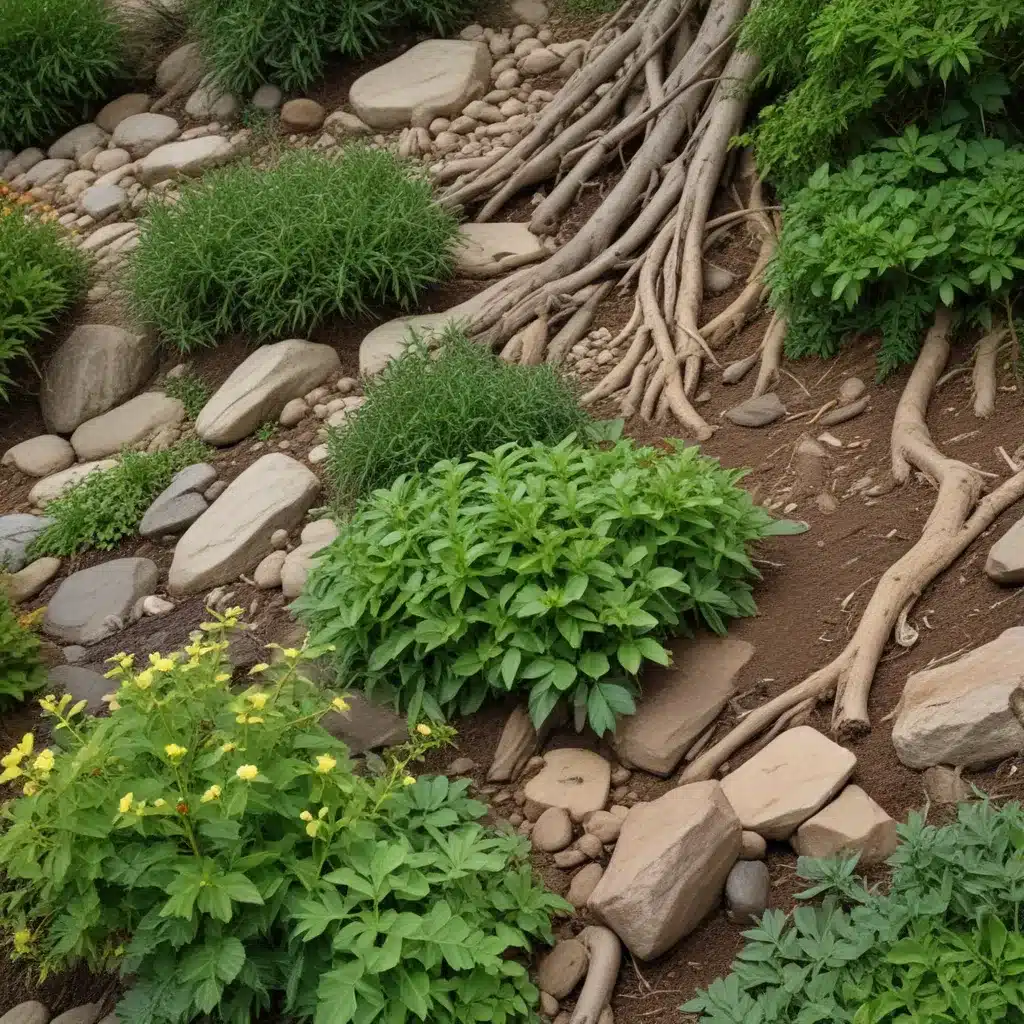
As our planet faces the escalating effects of climate change, the importance of sustainable landscaping solutions has never been more crucial. Among the most promising approaches is the strategic incorporation of native plants into our gardens and outdoor spaces. These resilient species, adapted to the unique conditions of their local ecosystems, offer a wealth of benefits that transcend mere aesthetics, serving as natural allies in the fight against environmental challenges.
Native Plant Diversity
The Salt Lake City region is home to a diverse array of native plant species, each with its own unique adaptations and ecological roles. From the towering Utah Serviceberry (Amelanchier utahensis) to the vibrant Firecracker Penstemon (Penstemon eatonii), these plants have evolved alongside the region’s flora and fauna, forming intricate relationships that are fundamental to the health and resilience of local ecosystems.
By incorporating a diverse selection of native species into our landscapes, we not only enhance the visual appeal of our outdoor spaces but also support a thriving web of biodiversity. Native plants provide vital resources for pollinators, such as nectar-rich flowers for bees and butterflies, as well as shelter and food for a variety of local wildlife. This symbiotic relationship helps to maintain the delicate balance of our natural habitats, ensuring their long-term sustainability.
Resilience in Native Plant Ecosystems
One of the primary advantages of native plants is their inherent resilience to local environmental conditions. Having evolved over centuries to thrive in the specific climate, soil, and precipitation patterns of the region, these species are remarkably well-equipped to withstand the challenges posed by our changing climate.
Native plants are often more drought-tolerant and better able to adapt to fluctuations in temperature and precipitation than their non-native counterparts. This adaptive capacity allows them to persist and even flourish in the face of increasingly unpredictable weather patterns, making them invaluable allies in the fight against the effects of climate change.
Moreover, the deep, extensive root systems of many native plants play a crucial role in soil stabilization, effectively preventing erosion and reducing the risk of landslides. This natural ecosystem service not only protects our landscapes but also safeguards the communities that rely on them.
Design Principles for Native Landscaping
Crafting a visually stunning and ecologically sound native landscape requires a thoughtful approach to site assessment and plant selection. Begin by evaluating the unique characteristics of your outdoor space, including sun exposure, soil type, and moisture levels. This information will guide you in choosing native plants that are ideally suited to the specific conditions of your site.
When selecting native species, prioritize a diverse array of plants that offer a range of visual and functional benefits. Consider incorporating a mix of flowering perennials, grasses, shrubs, and trees to create a layered, harmonious composition that mimics the natural ecosystems of the region.
Arrangement and placement are also key considerations in native landscaping. Group native plants with similar water and sunlight requirements to maximize their growth and minimize maintenance needs. Strategically position taller species to provide shade and shelter for their lower-growing counterparts, fostering a balanced and thriving ecosystem.
Maintenance and Stewardship of Native Landscapes
Maintaining a native plant landscape requires a thoughtful approach that respects the delicate balance of natural systems. Water and nutrient management are crucial, as native species are often adapted to the region’s limited water resources and nutrient-poor soils.
Incorporate water-wise irrigation techniques, such as drip systems or rainwater harvesting, to ensure your native plants receive the optimal amount of moisture without waste. Similarly, opt for organic, slow-release fertilizers that mimic the nutrient cycling found in natural environments, avoiding the use of synthetic chemicals that can disrupt the soil’s delicate ecosystem.
Integrated Pest Management (IPM) strategies are also essential for the long-term health of your native plant landscape. Rather than relying on broad-spectrum pesticides, employ a holistic approach that prioritizes cultural, mechanical, and biological control methods to manage pests and diseases. This not only protects the integrity of your landscape but also safeguards the broader ecosystem.
Socioeconomic Benefits of Native Landscaping
The advantages of native plant landscaping extend beyond the ecological realm, offering tangible socioeconomic benefits to both individuals and communities. By reducing the need for water, fertilizers, and pesticides, native landscapes can significantly lower maintenance costs and resource consumption, contributing to a more sustainable and cost-effective approach to outdoor spaces.
Moreover, native plants have the power to enhance the visual appeal of our surroundings, boosting property values and creating more inviting, nature-inspired environments. This, in turn, can foster a greater sense of community engagement and pride, as residents take an active role in cultivating and appreciating their local ecosystems.
Regulatory and Policy Considerations
As the importance of native plant preservation becomes increasingly recognized, many municipalities and policymakers are implementing measures to encourage sustainable landscaping practices. These initiatives may include native plant ordinances, water-wise landscaping requirements, and incentive programs that reward homeowners and businesses for incorporating native species into their outdoor spaces.
By staying informed about the evolving regulatory landscape and engaging with local authorities, TriCounty Tree Care can help its clients navigate the complexities of native plant landscaping, ensuring compliance with relevant policies while maximizing the benefits for both the environment and the community.
In conclusion, the power of native plants to create resilient, sustainable, and visually captivating landscapes is undeniable. By harnessing their unique adaptations and ecological roles, we can transform our outdoor spaces into vibrant, thriving ecosystems that not only enhance the beauty of our surroundings but also contribute to the long-term health of our planet. As we face the challenges of climate change, the roots of resilience found in native plants offer a natural, holistic solution that can benefit us all.


